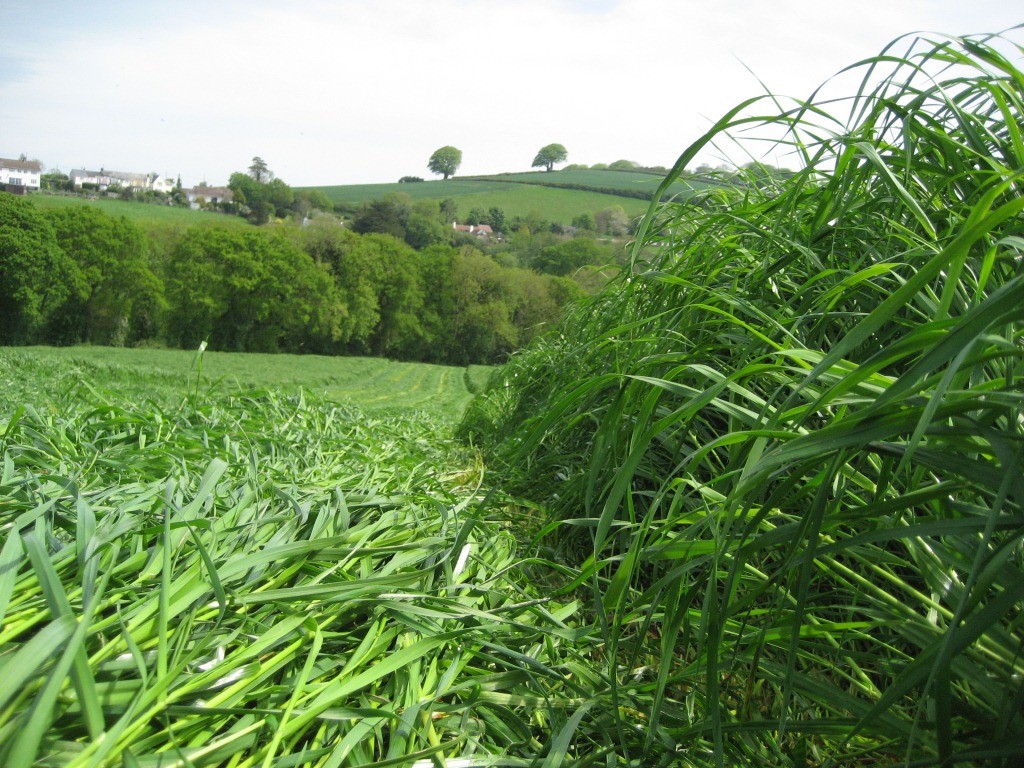
Arable farmers should grow forage on land lying unexpectedly fallow this spring, rather than leaving it un-cropped for six months, according to Rod Bonshor, general manager for Oliver Seeds.
"It is now too late to sow winter cereals; and spring varieties, linseed, peas or beans are non-existent or hideously expensive," says Bonshor.
"But by growing forage crops, these bare acres could still earn an income this summer."
"Many dairy and beef producers are desperately short of conserved forage after one of the longest winters on record."

"Cattle have been housed for many more weeks than usual on full winter rations, so any back-up stocks of silage have run low. Producers will be looking for bumper yields of conserved forage this year, but may be disappointed as silage ground really took a hammering last year. So growing and selling grass for silage could be a good option for arable farmers in 2013."
Ryegrass catch crop
A catch crop of Westerwold and Italian ryegrasses such as Oliver Seeds' Tornado, can be sown within the next month and be ready for mowing after eight weeks in good growing conditions, and again at six week intervals thereafter. The grass can be cut and baled for easy storage and transport to other farms and then ploughed in before autumn drilling of cereals.
The rooting system of the grasses will help mop up excess moisture, aerate the soil and increase the organic matter content in the upper layers. If the field has already been cultivated and the surface is level and firm, grass seed can be broadcast on the top and will quickly germinate once temperatures start to rise.
"Another option would be to sow a grass/red clover mixture," says Bonshor.
"For example Red-Start, which contains 80% perennial ryegrass and 20% red clover, will fix nitrogen and build fertility as well as provide a crop that can be cut for silage or sold in situ for lamb finishing.
"Six months from establishment, clovers can provide a total of 150 to 200kg/ha/year of nitrogen – worth between £129 and £173/ha, reducing the amount of purchased nitrogen required for the following crop – and could negate the need for the first spring dressing completely.
"Other forage crops that could fill the growing gap before autumn, are fodder beet, maize and wholecrop mixtures,” says Mr Bonshor. “This is definitely the year to get talking to any neighbours that have livestock to see if you can help restore their winter feed stocks."
